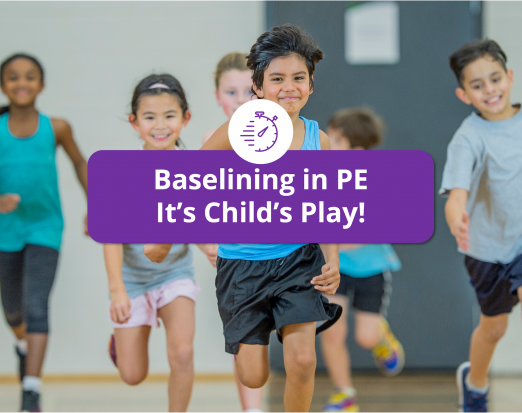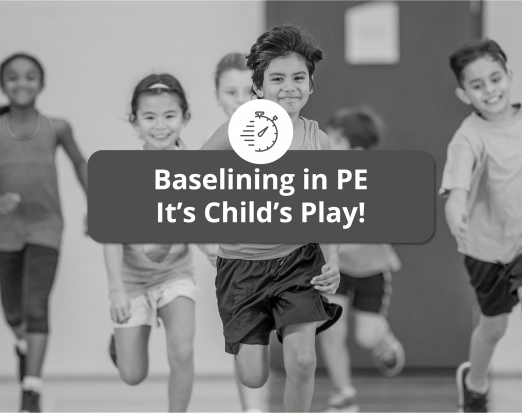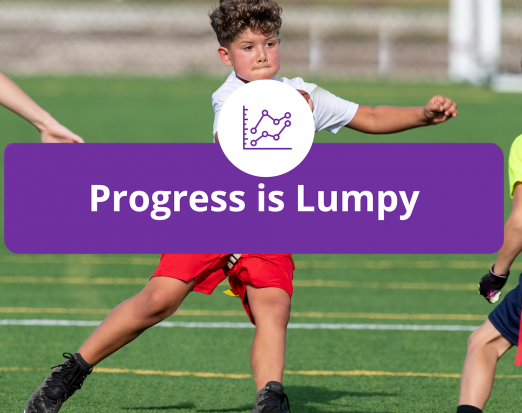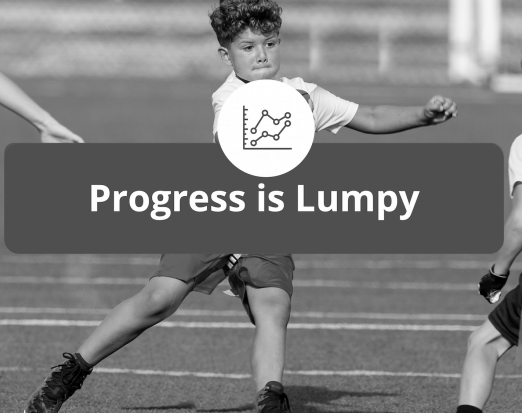Is Stranger Danger Still the Best Way to Protect Our Children?
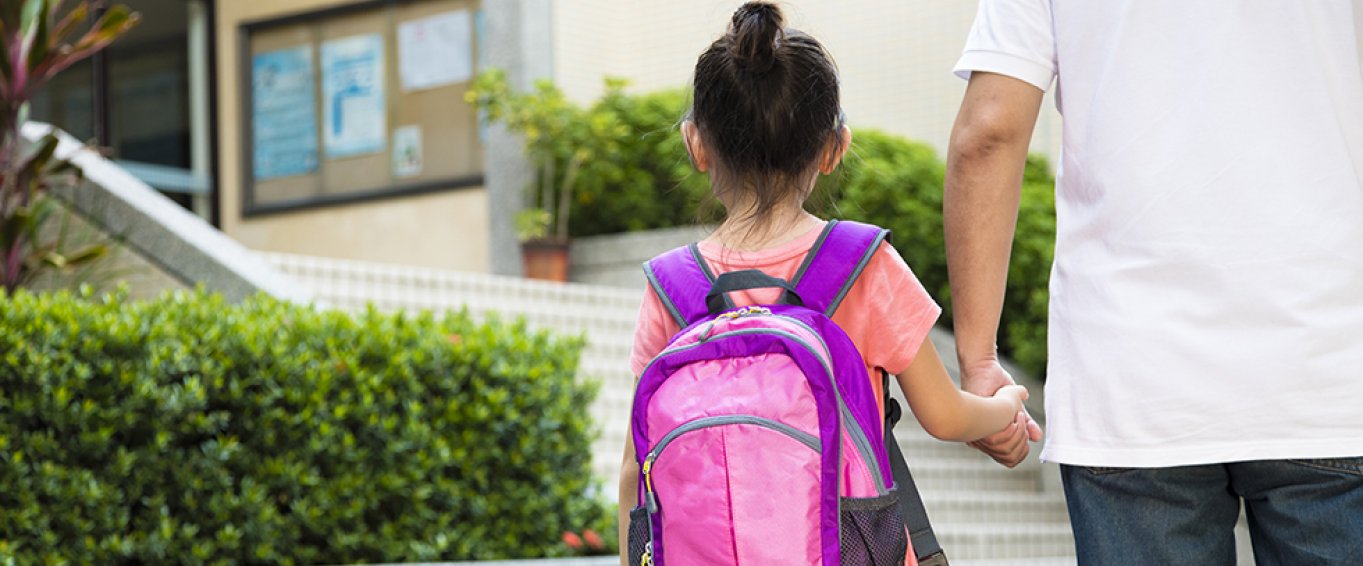
The phrase 'stranger danger' has been a staple of PSHE curriculums since the 1960s. For nigh on sixty years, we've taught children to protect themselves by equating unfamiliar faces with danger. The problem is, there's no evidence this strategy works, and some child development experts believe it can actually make young people more vulnerable.
The biggest flaw in the stranger danger strategy is its inconsistency. Children have safe encounters with strangers every single day. The man behind the shop counter, the lolly pop lady, the milkman, the train attendant, the friendly passenger on the bus; a life without strangers would be very empty indeed.
Stranger Danger or Tricky People?
Of course, there's also a slew of strangers that we often need children to trust. Police officers, firemen, security guards and doctors are some of the most important. Then again, who's to say there are no bad police officers? Is it safe to teach complete trust in any type of person and, if not, where do we tell children to seek help in an emergency?
The point is, strangers aren't all bad or all good. It's why teachers and parents are being advised to try a new approach to personal safety. It's got lots of different names such as Clever Never Goes and Tricky People, but the message is the same. Trust your instincts.
Like adults (perhaps more so), children are able to pick up on social cues and signals that say 'danger' even if they don't understand why. Contemporary approaches to personal safety impress the importance of listening to these signals. In the vast majority of cases, they'll be wrong - the 'tricky person' won't be a threat - but the strategy reinforces a child's right to feel uncomfortable with any individual, stranger or otherwise.
The Right to Trust Your Instinct
In a world where over 90% of crimes committed against children are NOT perpetrated by strangers, 'stranger danger' cannot be effective. Most strangers are safe and many play practical roles in children lives. Conversely, some known adults can be dangerous because children are taught not to question their actions.
Whatever you want to call it - tricky people, trust your gut, clever never goes - your new strategy on personal safety should empower children and teach four clear messages:
